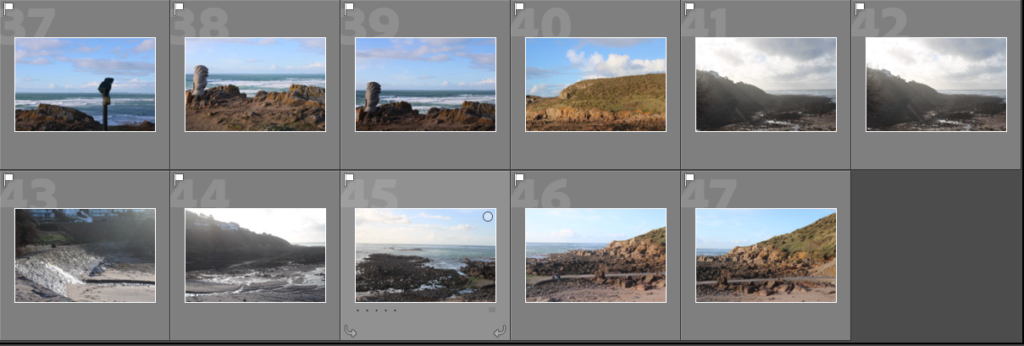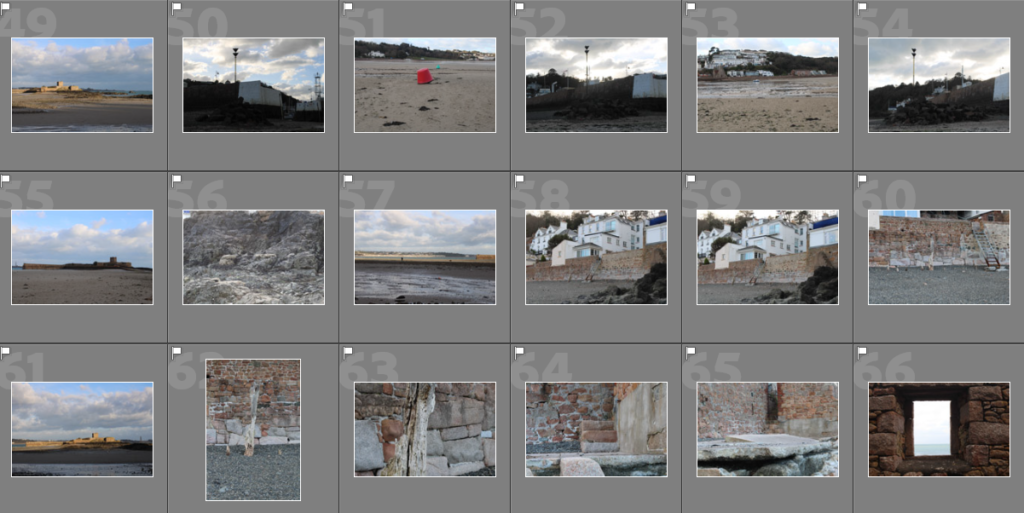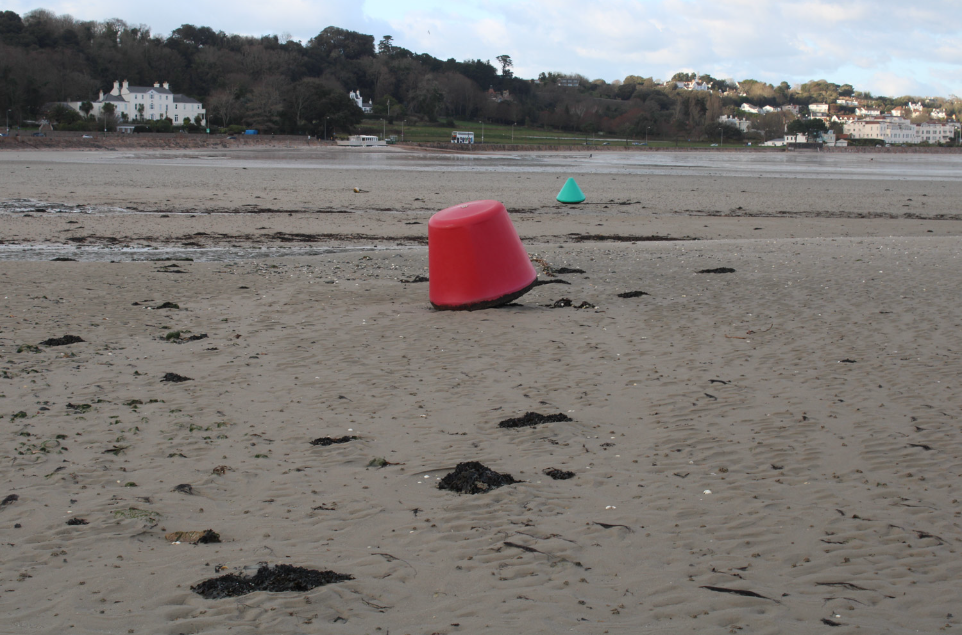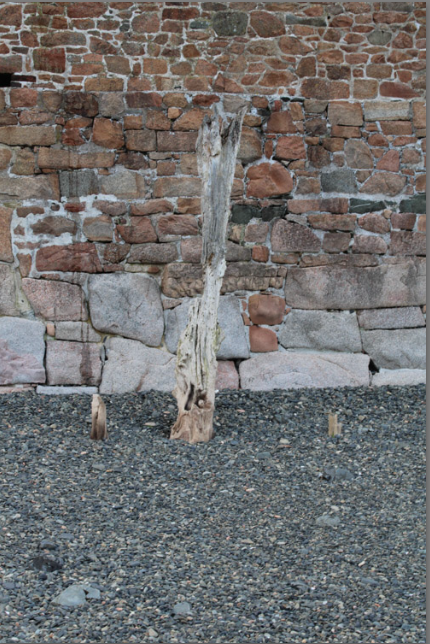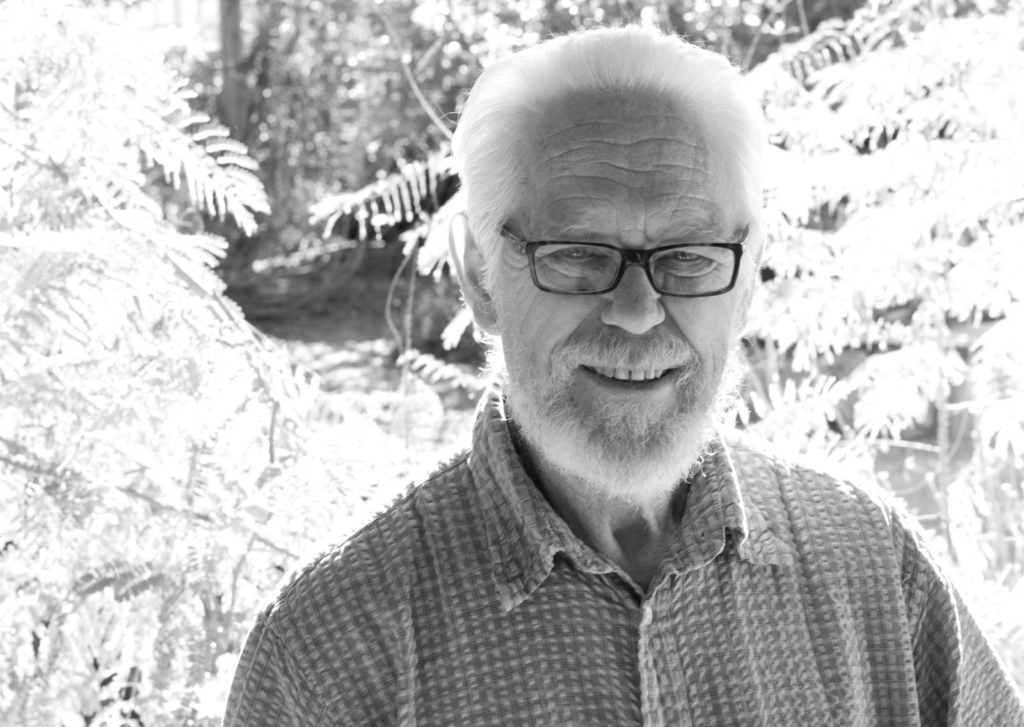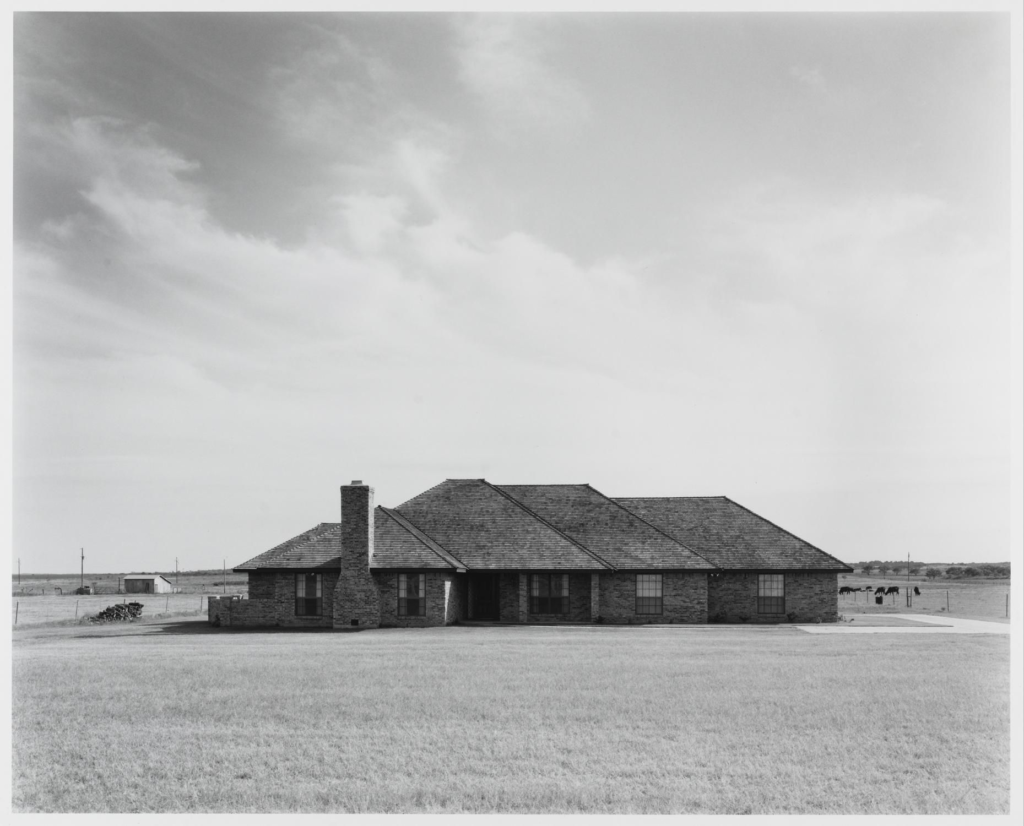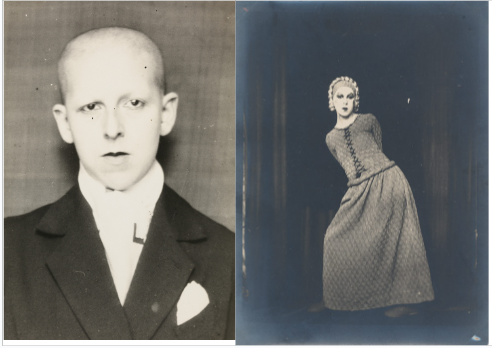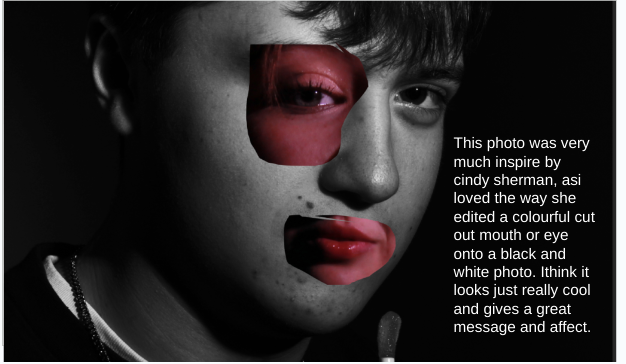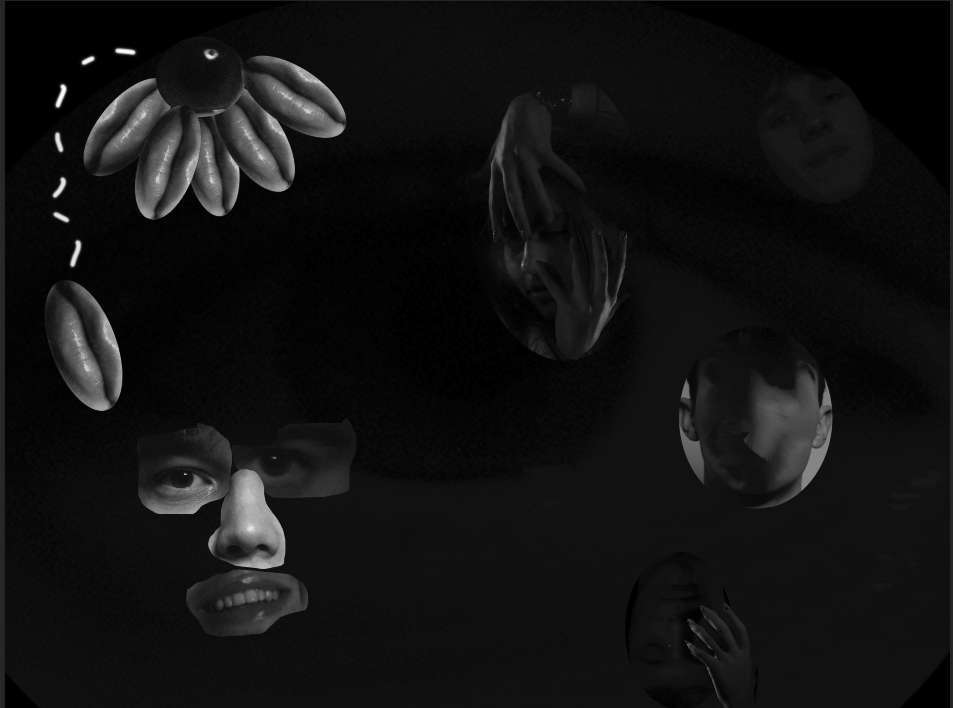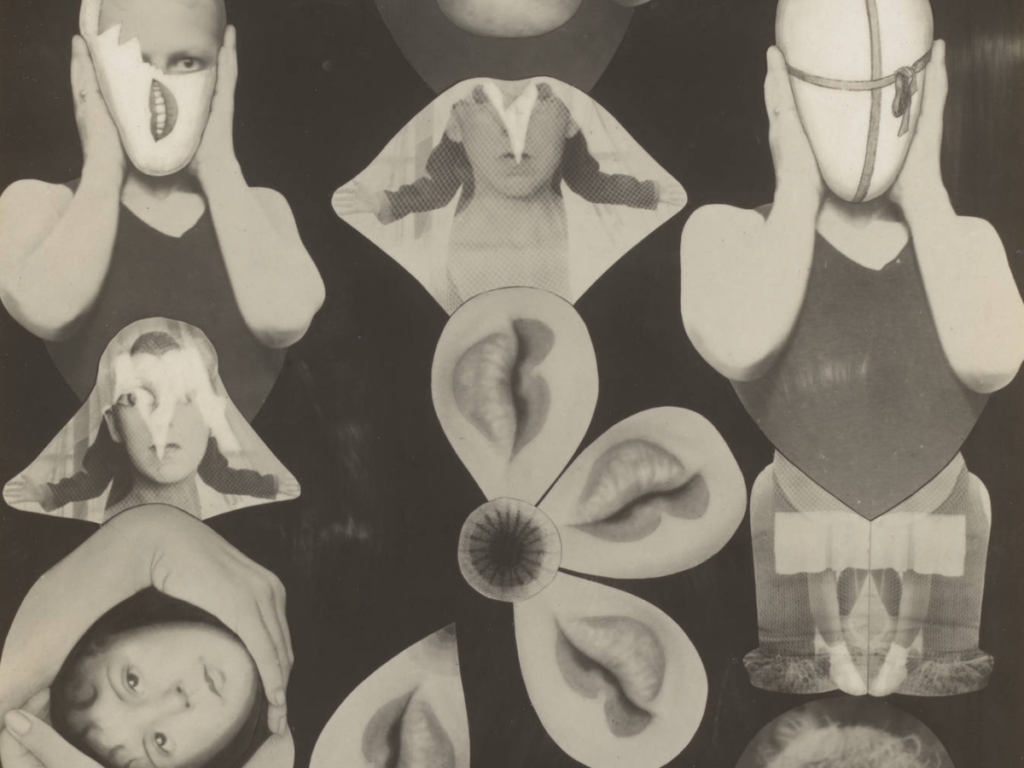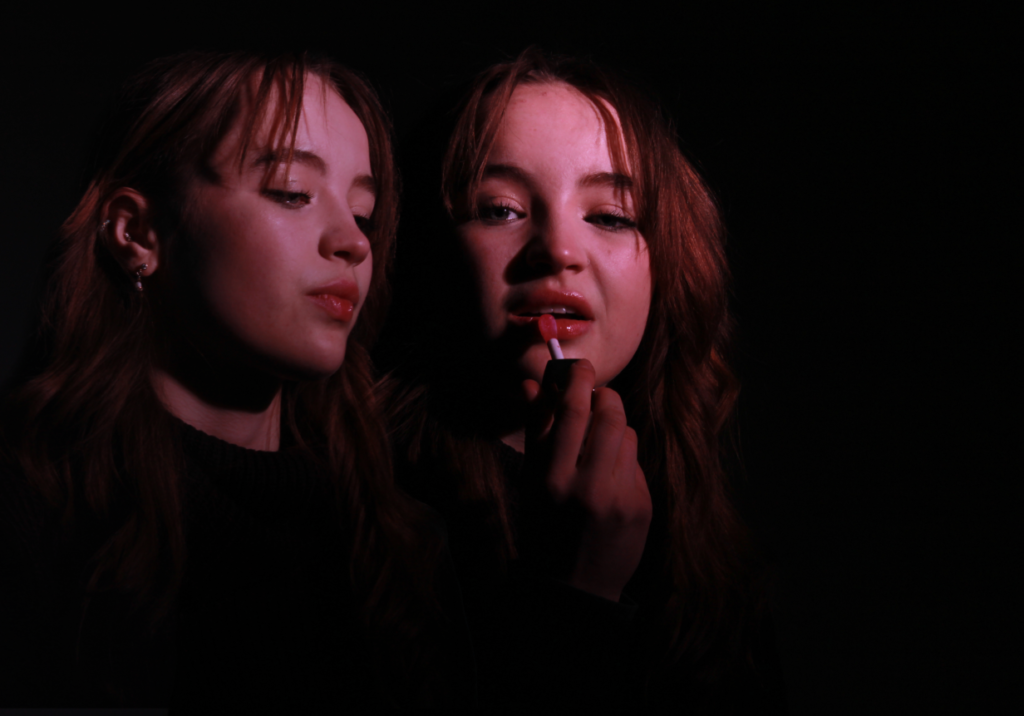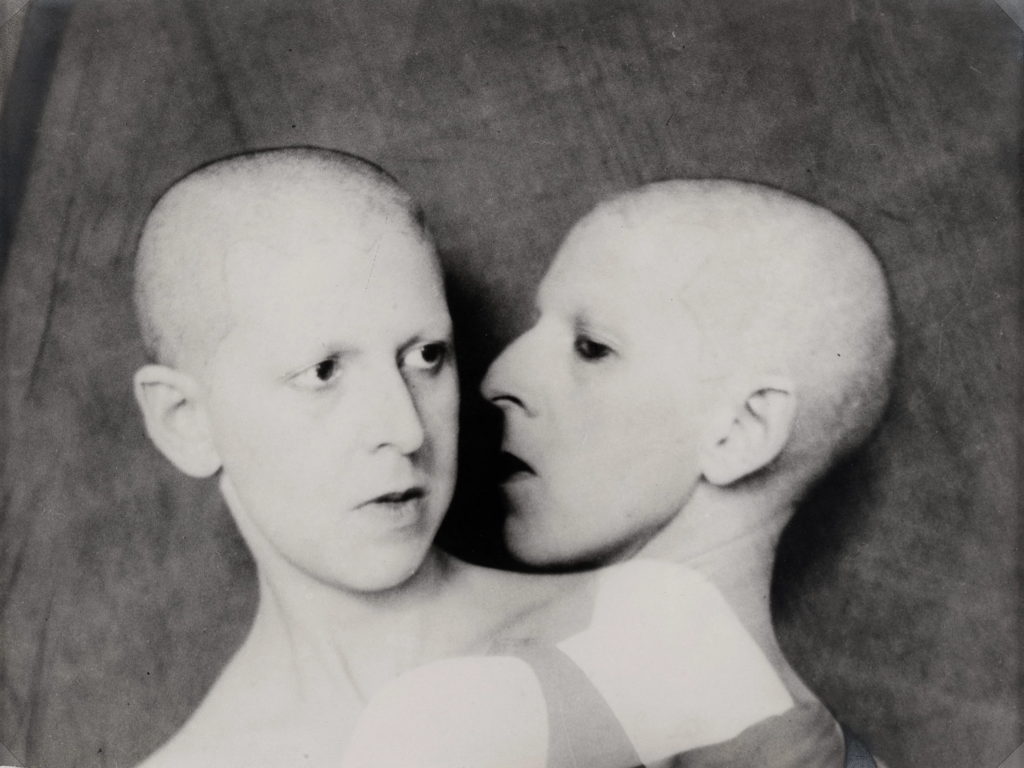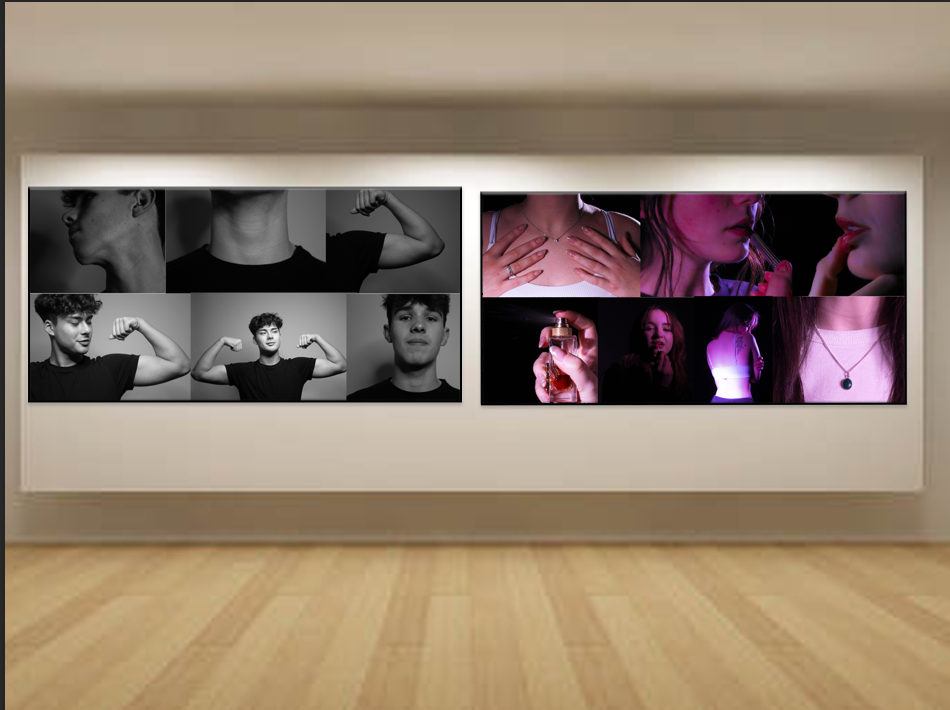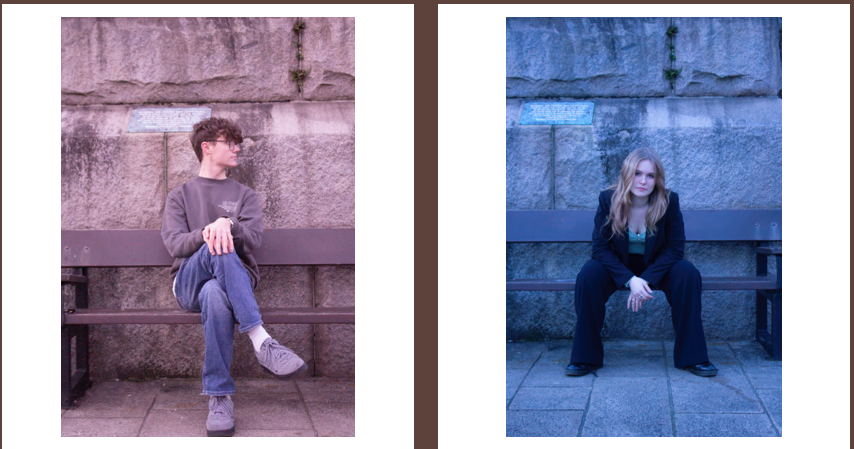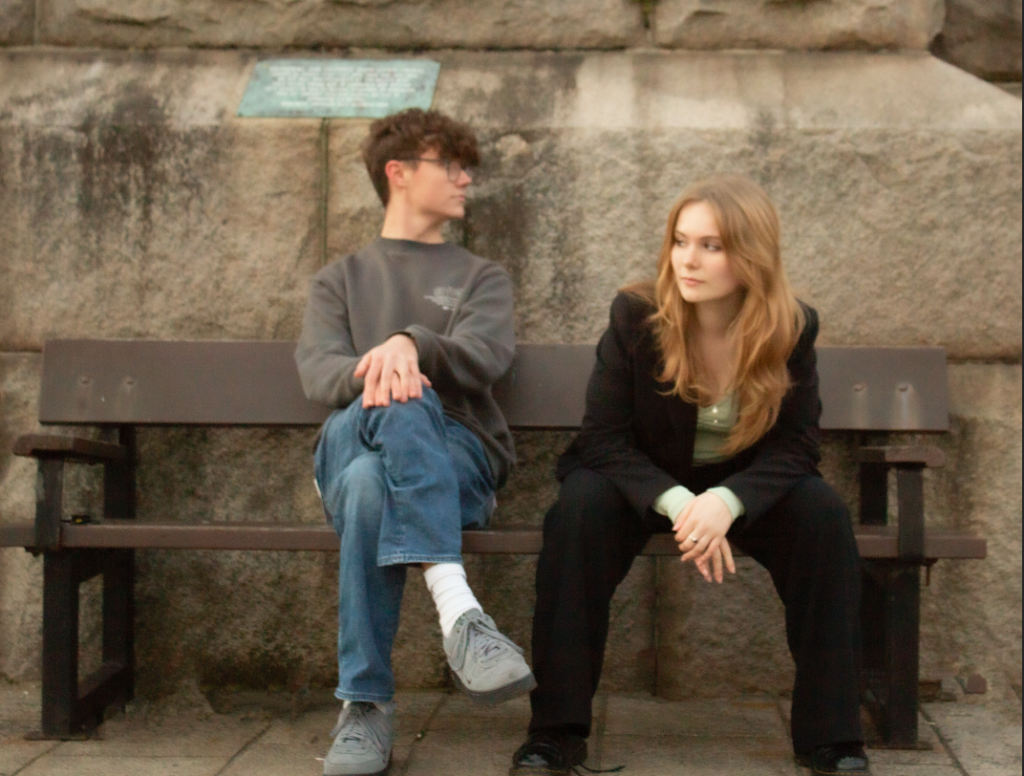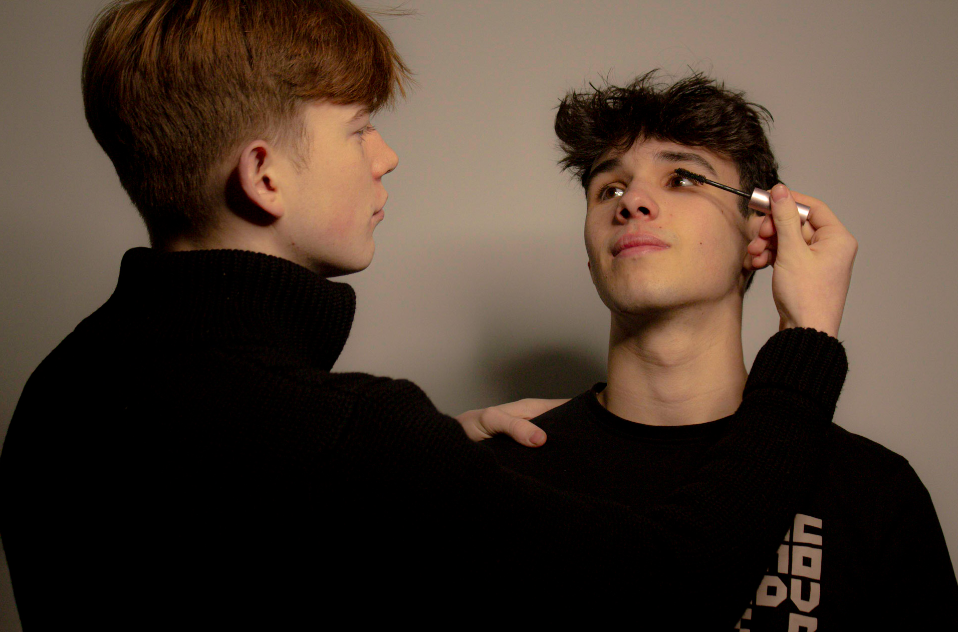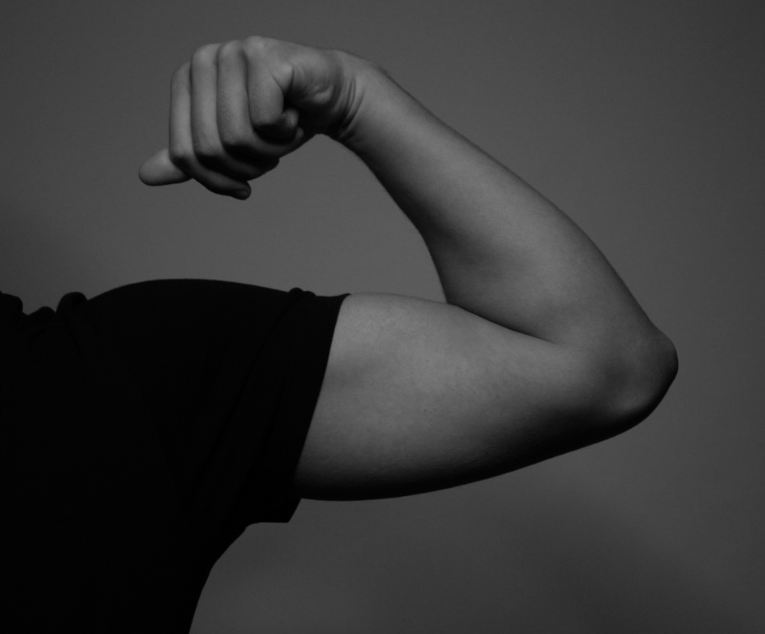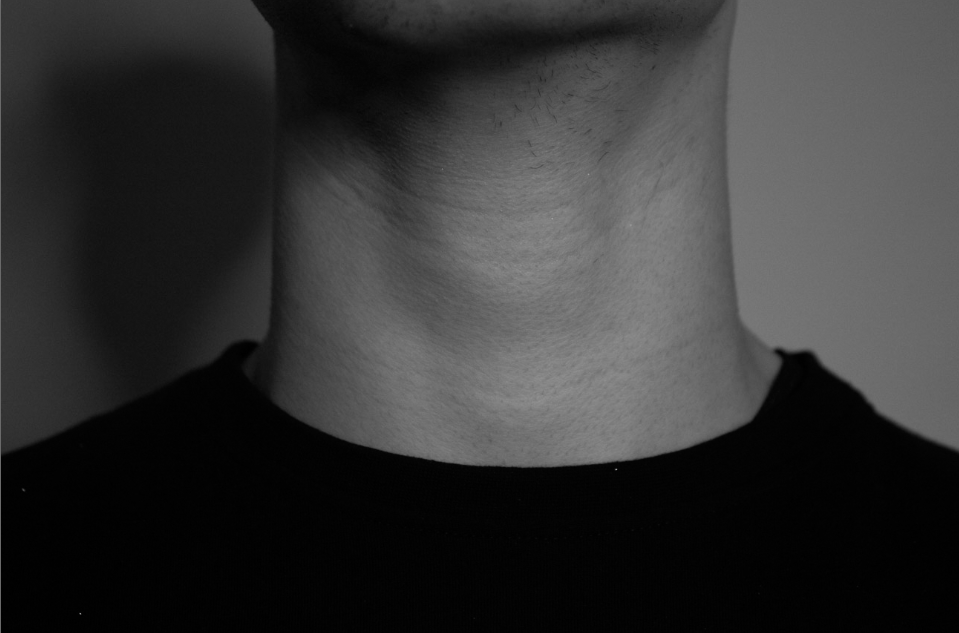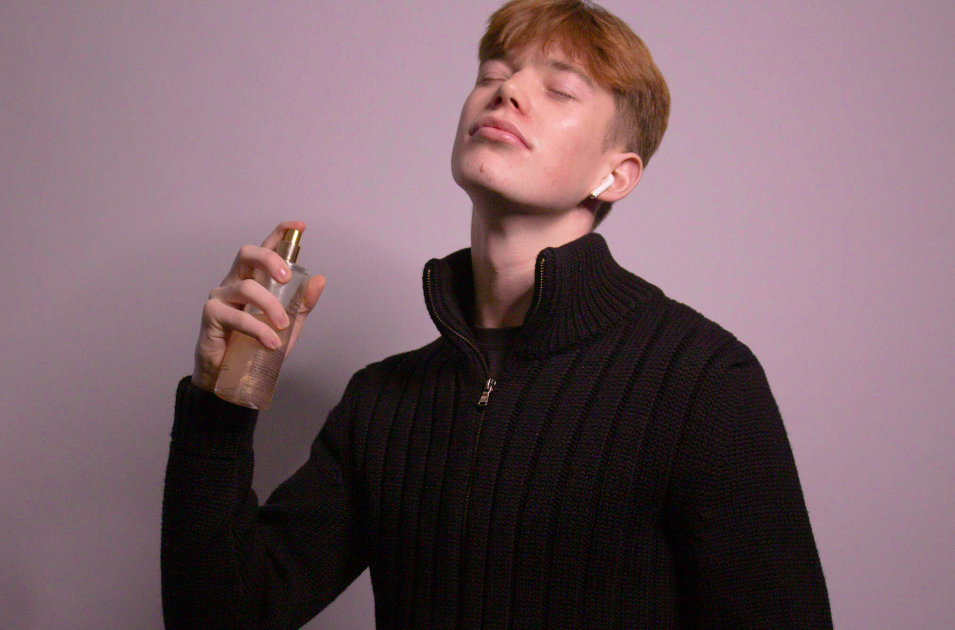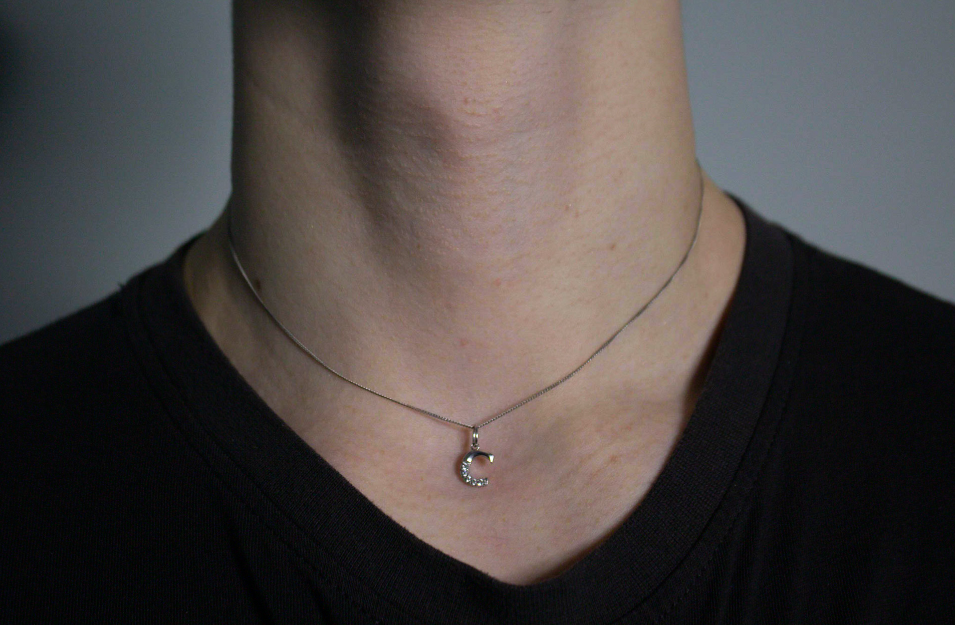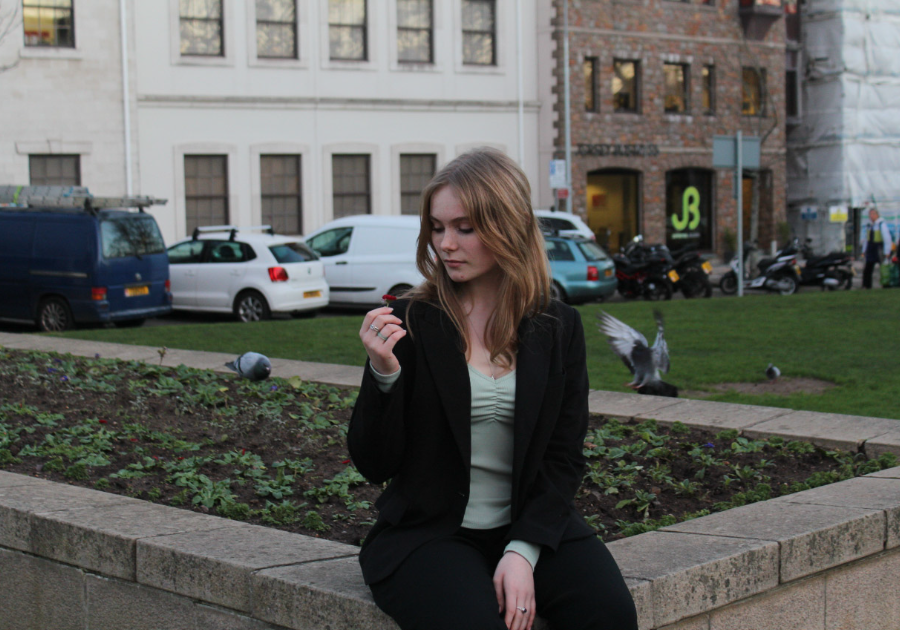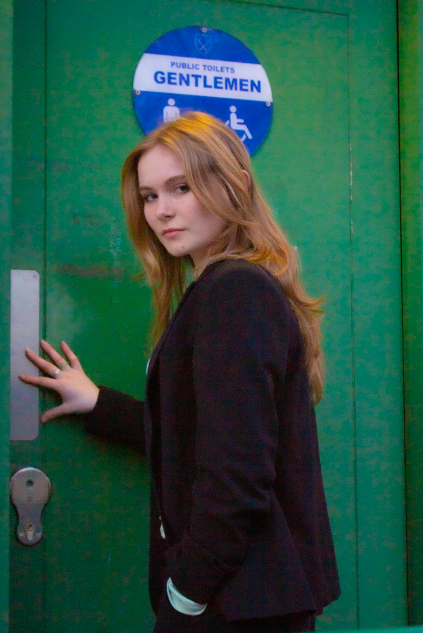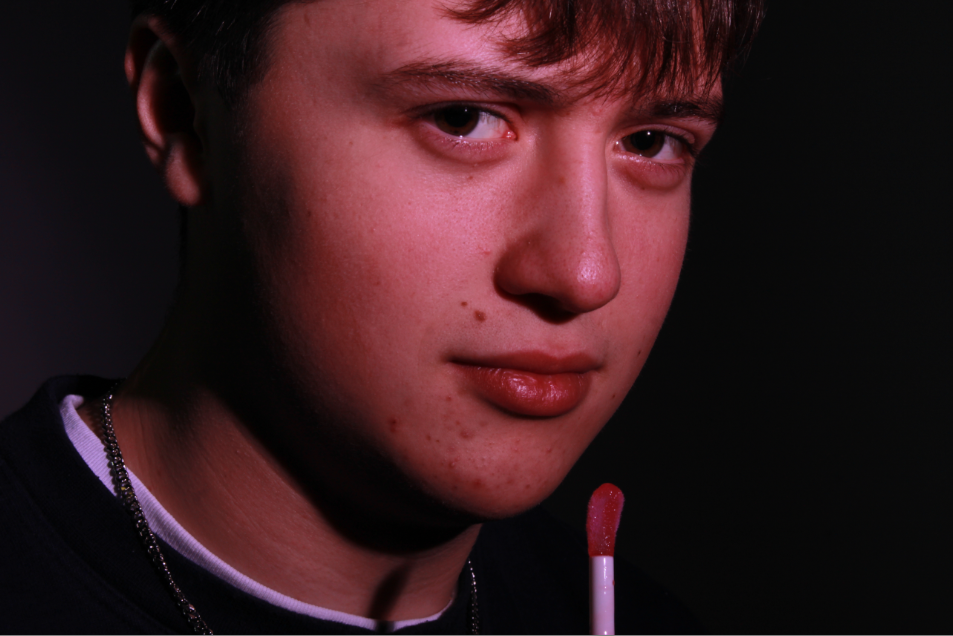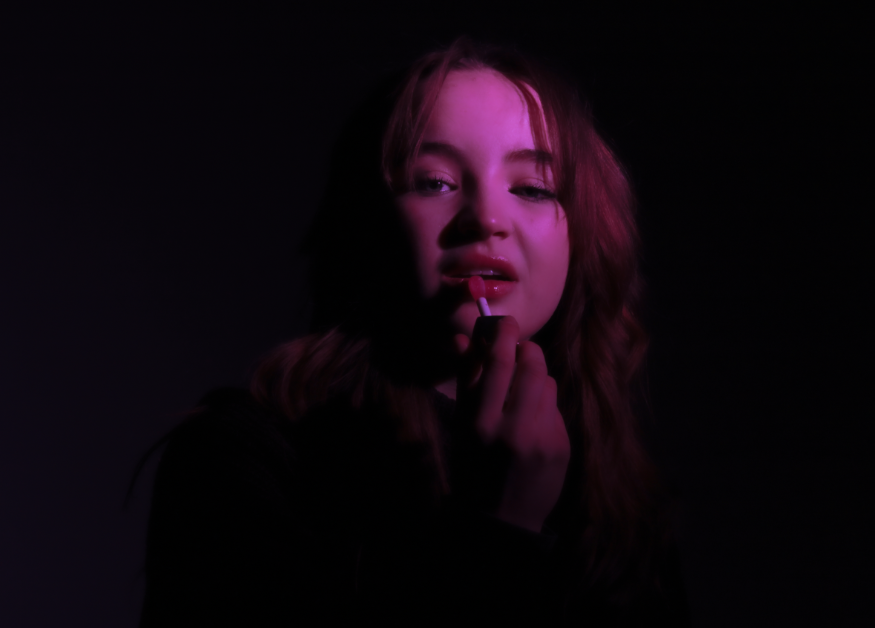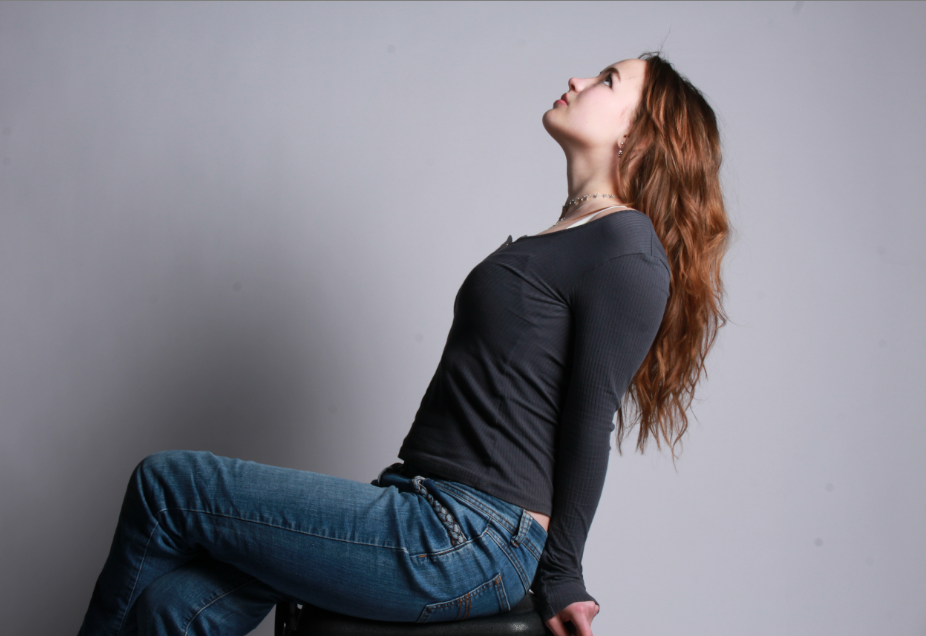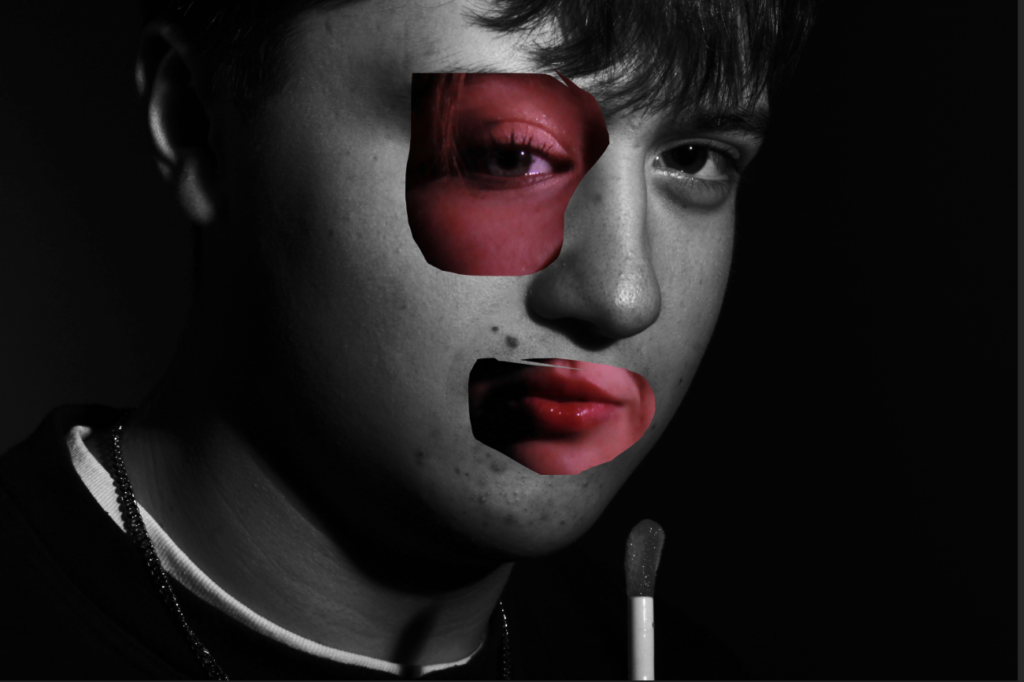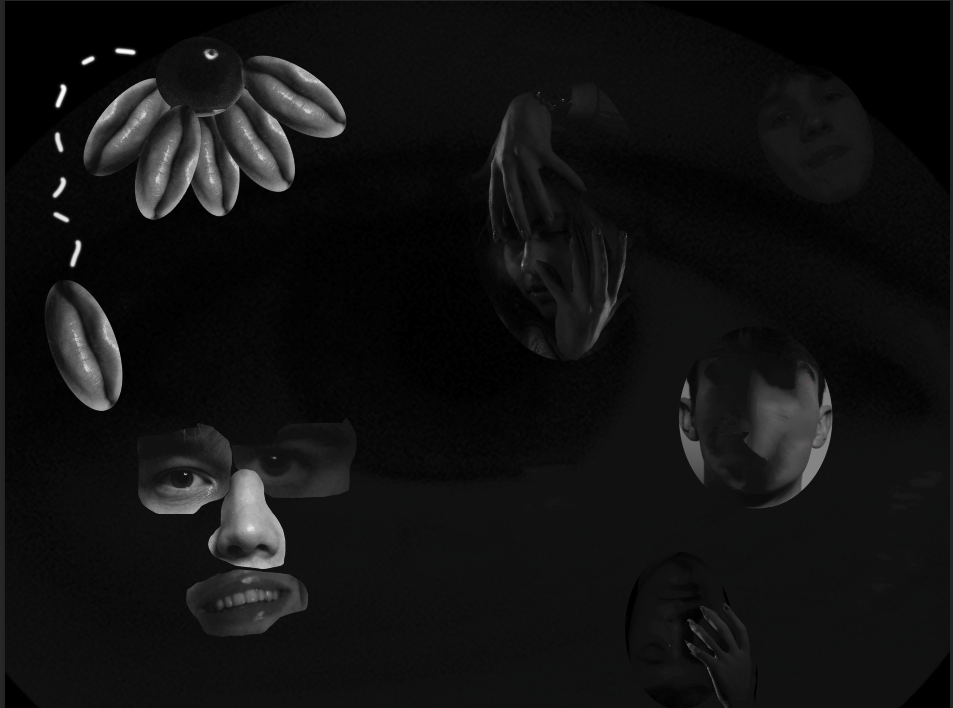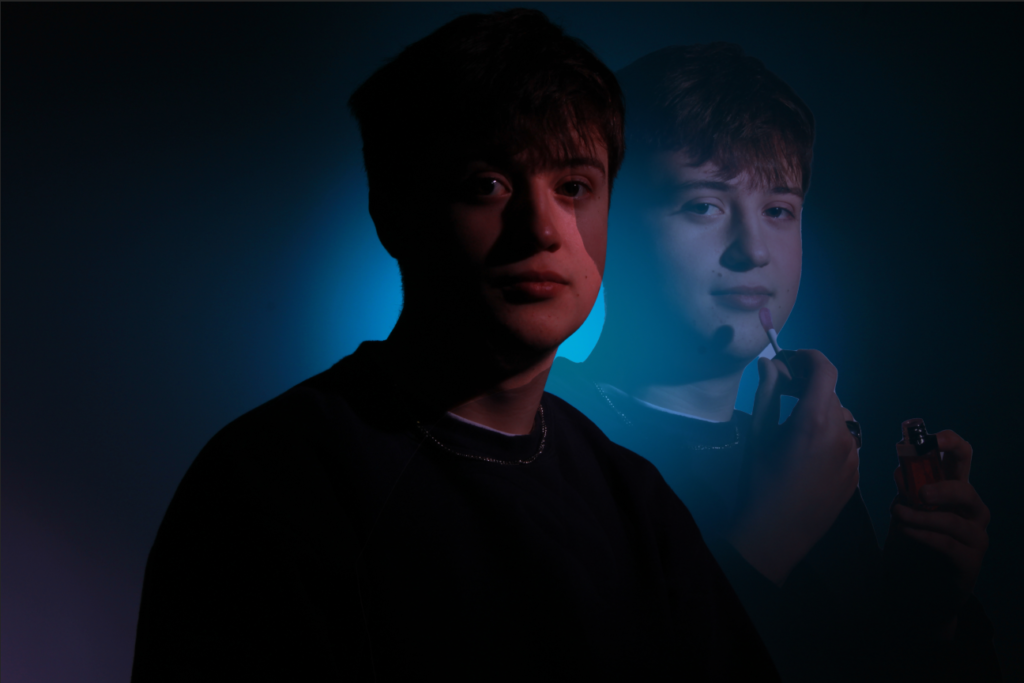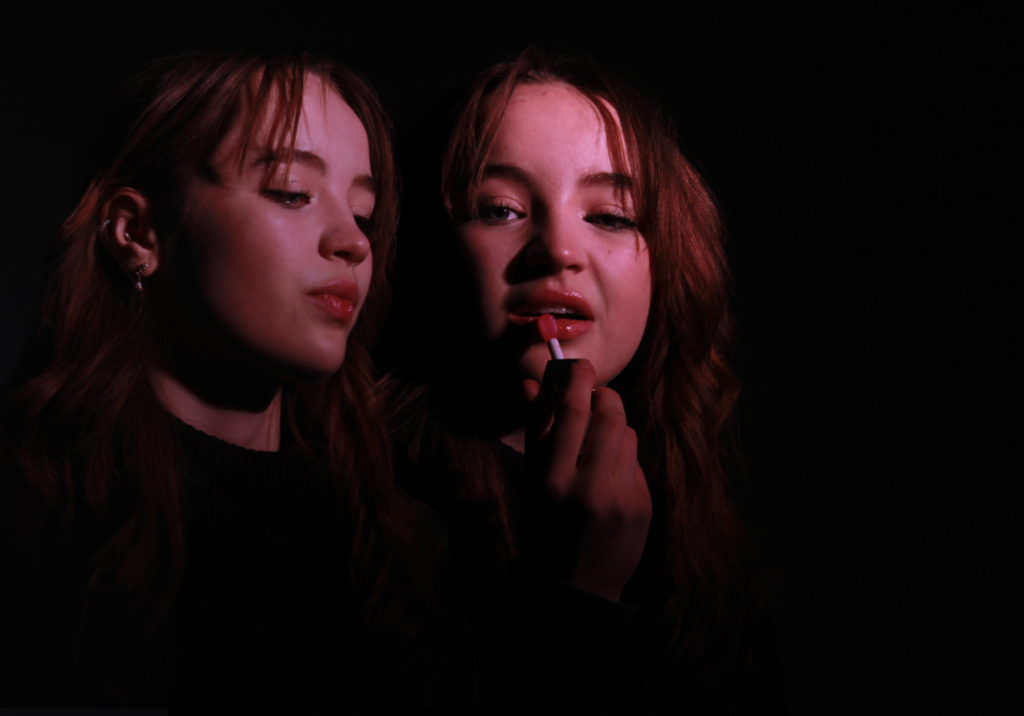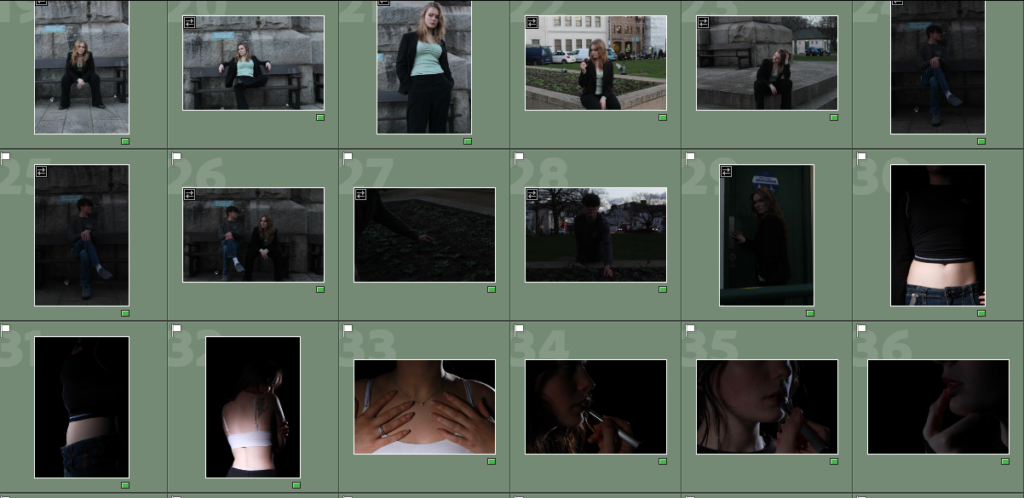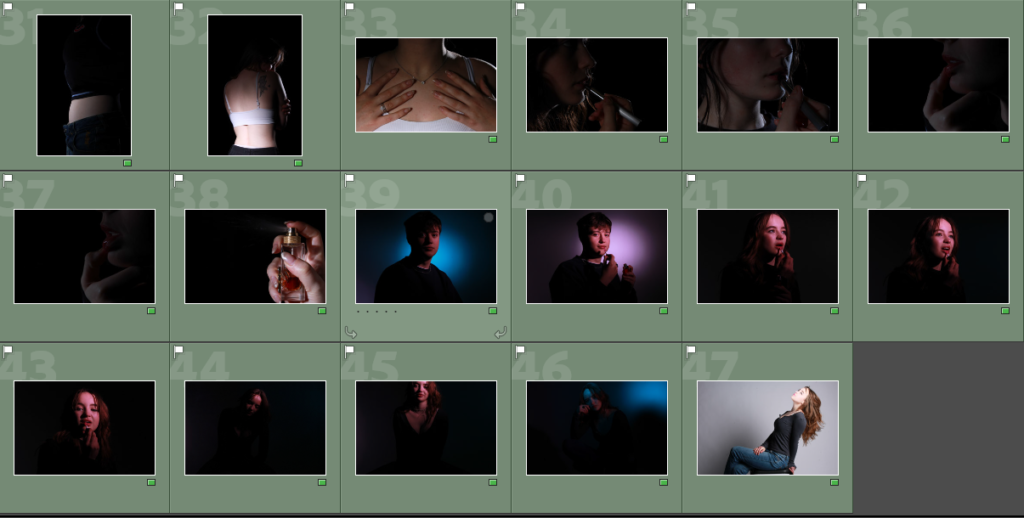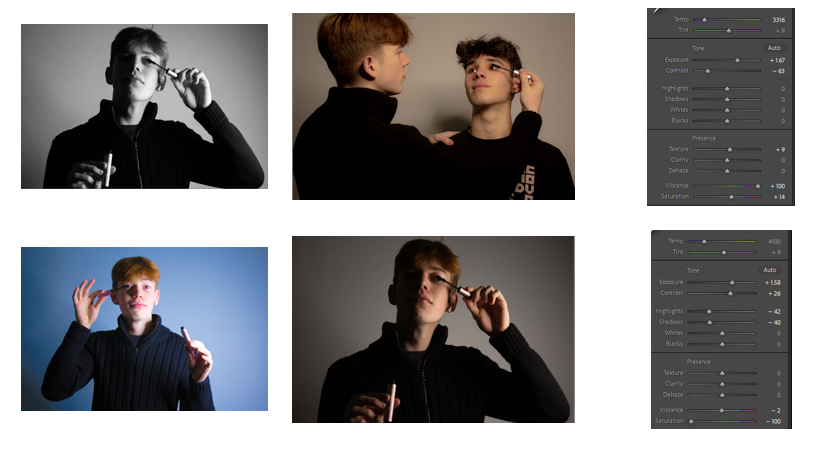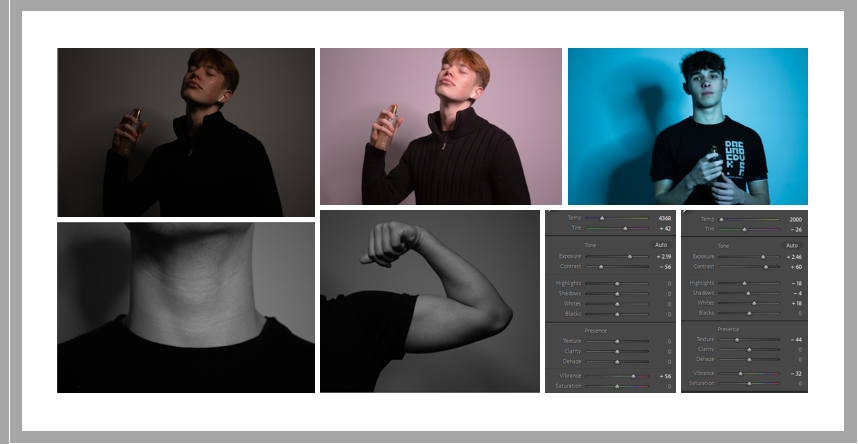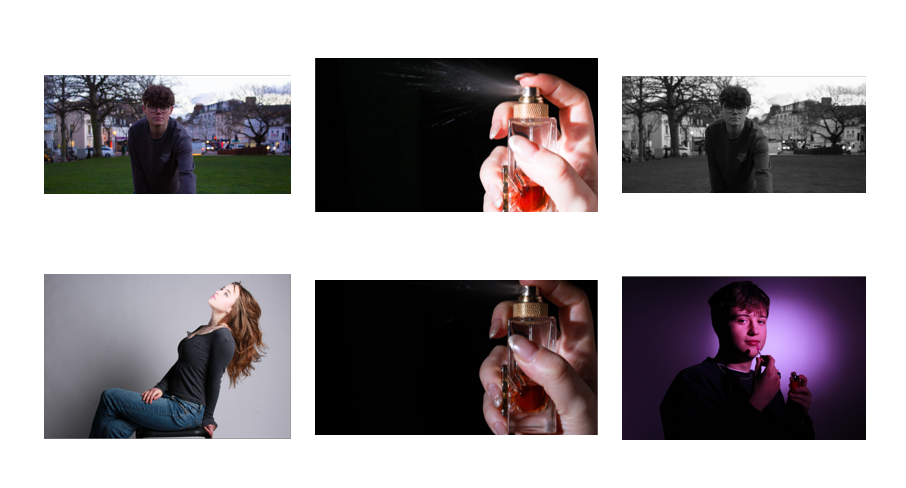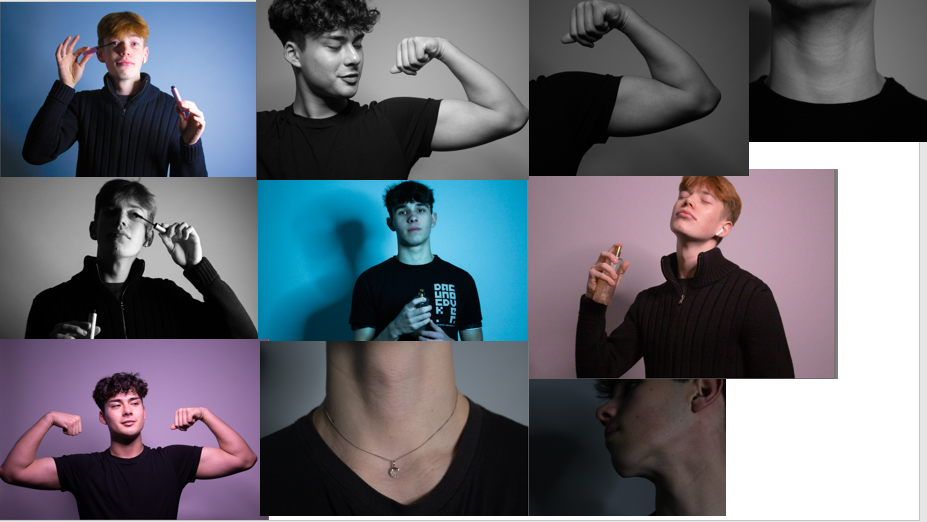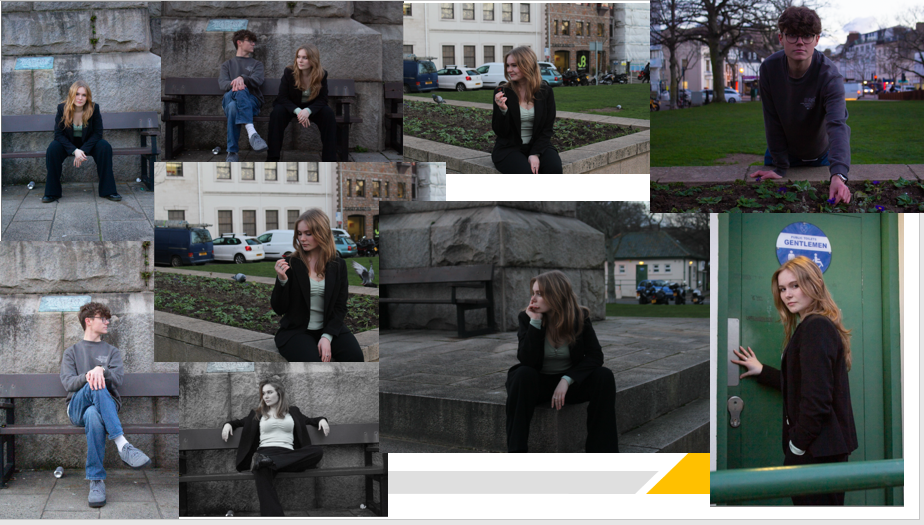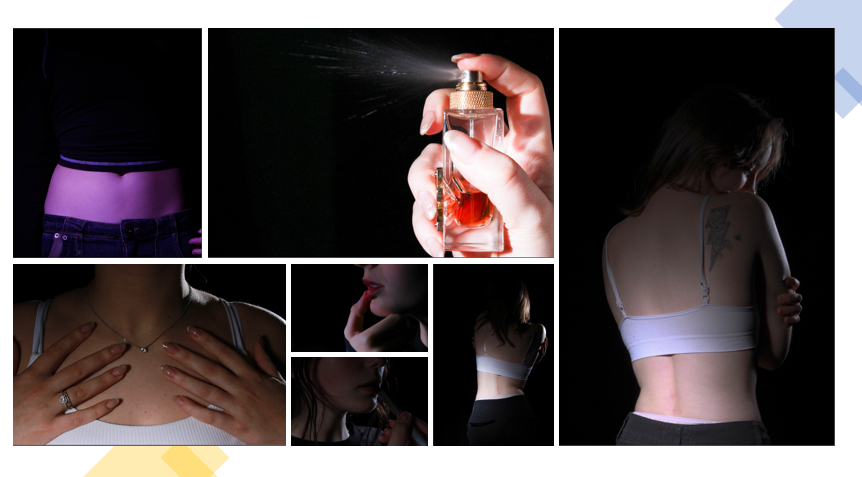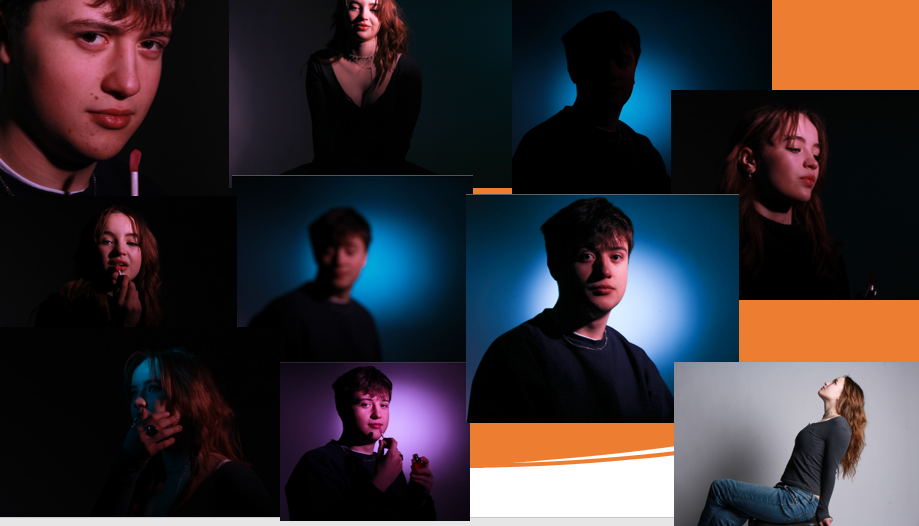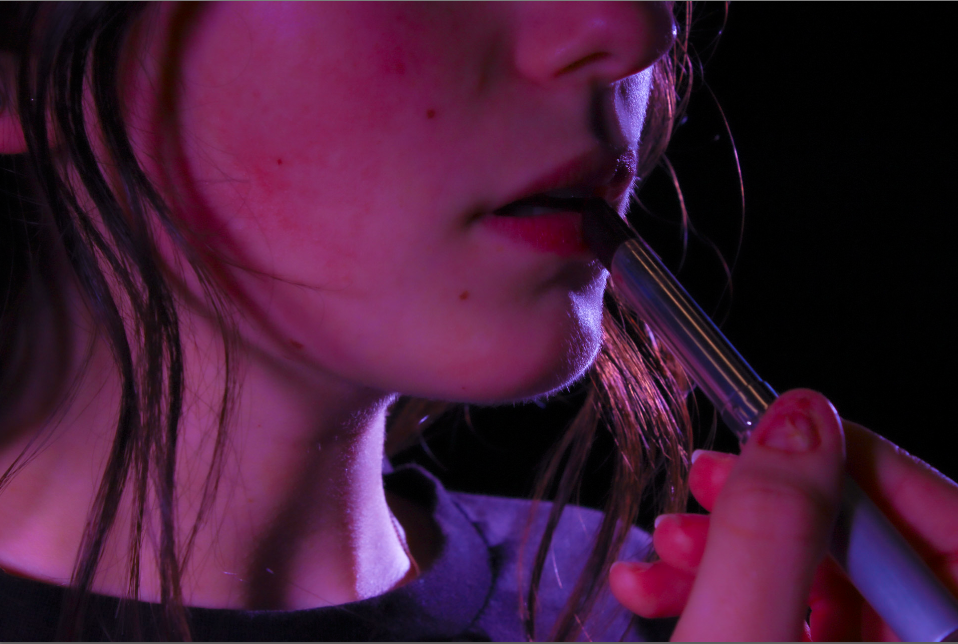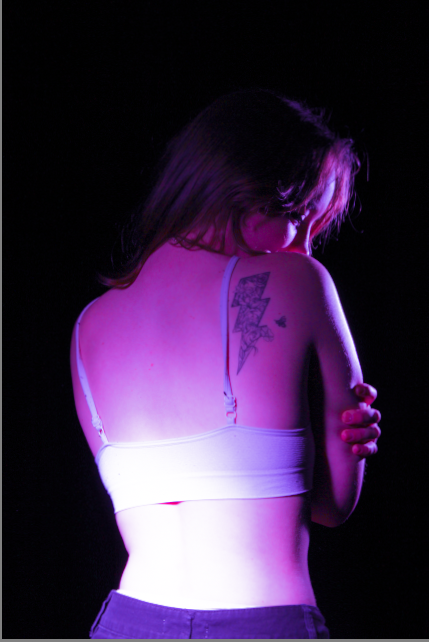Ansel Adams
Ansel Adams (1902-1984) was an iconic American photographer known for his stunning black-and-white landscape photographs of the American West. He was born on February 20, 1902, in San Francisco, California, and developed a deep love and appreciation for nature at an early age. Adams’ passion for photography began in his teenage years when he took his first photographs of Yosemite National Park using a Kodak Brownie camera.
Adams’ photography style was characterized by his meticulous attention to detail, technical expertise, and dedication to capturing the beauty of the natural world. He was a pioneering figure in the development of the “zone system,” a technique that allowed photographers to achieve precise control over exposure and development in black-and-white photography.
Throughout his career, Adams produced an extensive body of work that showcased the grandeur and majesty of the American landscape, with a particular focus on the rugged mountains, pristine wilderness, and dramatic vistas of the American West. He is best known for his iconic images of Yosemite, the Sierra Nevada Mountains, and the Southwest, which have become some of the most recognizable and celebrated photographs in the history of photography.
In addition to his photographic work, Adams was also a passionate conservationist and environmental advocate. He used his photography to raise awareness about the importance of preserving and protecting the natural world, and he played a key role in the establishment of several national parks and wilderness areas.
Ansel Adams’ contributions to photography and conservation have had a lasting impact on the art world and the environmental movement. His work continues to inspire and captivate audiences around the world, and he is widely regarded as one of the greatest landscape photographers in history. Adams passed away on April 22, 1984, leaving behind a rich legacy of art and advocacy for the preservation of the natural world.
Edward Weston
Edward Weston (1886-1958) was a prominent American photographer known for his pioneering work in the field of modern photography and his groundbreaking contributions to the art of photographic composition. He was born on March 24, 1886, in Highland Park, Illinois, and developed an early interest in photography, experimenting with a simple box camera as a child.
Weston’s photographic style was characterized by his meticulous attention to detail, technical precision, and innovative approach to composition. He is best known for his groundbreaking use of the large-format camera, which allowed him to capture exquisite details and textures in his images with unparalleled clarity and depth.
Throughout his career, Weston produced a diverse body of work that encompassed portraits, still lifes, landscapes, and abstract studies. He is perhaps most famous for his stark, minimalist images of natural forms such as shells, peppers, and rocks, which he transformed into powerful, abstract compositions that revealed the inherent beauty and geometry of these everyday objects.
Weston was a key figure in the development of Group f/64, a collective of like-minded photographers including Ansel Adams, Imogen Cunningham, and others who shared a commitment to creating sharp-focus, detailed images that emphasized the intrinsic qualities of the photographic medium. The group’s name, f/64, referred to the small aperture setting that Weston often used to achieve maximum depth of field in his images.
In addition to his artistic achievements, Weston was also renowned for his technical expertise and innovative approach to photographic techniques. He experimented with new printing processes, toning methods, and darkroom manipulations to produce rich, tonally exquisite prints that set new standards for photographic excellence.
Edward Weston’s contributions to the field of photography have had a profound and lasting impact on the development of modern photographic art. His work continues to be celebrated for its technical mastery, aesthetic beauty, and profound insight into the nature of visual perception. Weston passed away on January 1, 1958, leaving behind a rich legacy of artistic innovation and creative excellence in the world of photography.
Fay Godwin
Fay Godwin (1931-2005) was a British photographer known for her powerful images of the British landscape and environment. She was born on February 17, 1931, in Berlin, Germany, but grew up in England. Godwin initially pursued a career as a graphic designer before transitioning to photography in the 1960s.
Godwin’s photography style was characterized by her deep connection to the English countryside and a keen awareness of environmental issues. She often collaborated with writers and poets, creating stunning photographic essays that captured the beauty and fragility of the natural world. Her black-and-white images were celebrated for their stark beauty, emotional depth, and poetic resonance.
One of Fay Godwin’s most famous works is the collaboration with Ted Hughes, the poet laureate, on the book “Remains of Elmet” (1979). The book featured Hughes’ poems alongside Godwin’s evocative photographs of the Yorkshire landscape, creating a powerful and poignant exploration of nature, myth, and memory.
Throughout her career, Godwin produced a wide range of photographic projects that explored themes such as rural life, the coastline, industrial landscapes, and the impact of human activity on the environment. She was a passionate advocate for conservation and environmental protection, using her photography to raise awareness about the importance of preserving the natural world.
In addition to her photography, Godwin was also a prolific writer and published several books that combined her images with insightful reflections on photography, landscape, and the creative process. She was a leading figure in the British photography community and was deeply respected for her artistic vision, technical skill, and humanitarian values.
Fay Godwin’s work continues to inspire and influence photographers, environmentalists, and nature lovers around the world. Her images are celebrated for their exquisite beauty, profound insight, and enduring relevance to contemporary issues of landscape, conservation, and the human relationship to the natural world. Fay Godwin passed away on May 27, 2005, leaving behind a rich legacy of art and activism in the field of photography.
Don McCullin
Don McCullin is a British photojournalist known for his powerful and poignant images of conflict, suffering, and human struggle. He was born on October 9, 1935, in London, England. McCullin began his photography career in the late 1950s, working as a photographer for the “Observer” newspaper before becoming a freelancer in the 1960s.
McCullin gained international recognition for his coverage of some of the most significant conflicts and humanitarian crises of the 20th century, including the Vietnam War, the Northern Ireland conflict, the Biafran War, and the Lebanese Civil War. His stark and emotive images captured the human cost of war with sensitivity and compassion, earning him numerous awards and accolades for his fearless and evocative photography.
One of McCullin’s most iconic images is his photograph of a shell-shocked U.S. Marine during the Vietnam War, which became a symbol of the psychological toll of combat. His images were raw, unflinching, and deeply moving, offering a powerful visual testimony to the realities of war and conflict.
In addition to his coverage of war and conflict, McCullin also documented social issues and hardship in his native England, including poverty, homelessness, and social deprivation. His images of marginalized communities and individuals revealed the human face of suffering and resilience, earning him a reputation as a compassionate and empathetic photographer.
Throughout his career, McCullin’s work has been exhibited in galleries and museums around the world, and he has published several acclaimed books showcasing his photography. He has received numerous awards for his contributions to photojournalism, including the Cornell Capa Award from the International Center of Photography and a knighthood for services to photography.
Today, Don McCullin is considered one of the greatest photojournalists of his generation, admired for his courage, integrity, and unwavering commitment to documenting the human experience in all its complexity and nuance. His work continues to inspire and challenge audiences, prompting reflection on the realities of war, conflict, and social injustice in the modern world.


